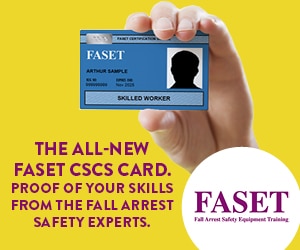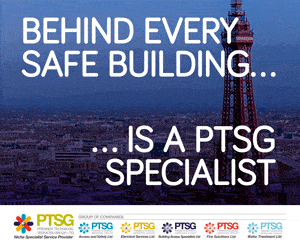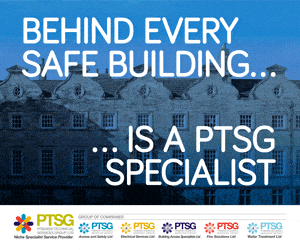Physical retail continues to demonstrate resilience, as 88% of the UK population visited a retail destination during October and November 2024 — an increase of 86.1% since May 2024. The latest Consumer Pulse Report by MRI Software, in partnership with Retail Economics, reveals that high streets remain the lifeblood of the retail ecosystem, leading in visitor frequency with an average of 2.2 visits per person per month — reinforcing their importance as destinations that bring people together.
Return to office
The latest survey reveals that 31% of office workers play a key role in high street retail, with visits peaking during lunch hours. Thirty-three percent of office workers choose to visit after 5pm on weekdays, particularly Tuesdays and Wednesdays which are popular days to venture into the office. As return to office becomes more widespread, the retail sector has an opportunity to maximise engagement and sales by leveraging these insights and presenting itself as a convenient shopping option for the hybrid workforce.
Experiential destinations
The under-35 demographic is increasingly motivated by experiential retail opportunities, such as dining and leisure. In November, this age group averaged 9.5 visits to physical retail destinations — more than double the frequency of those aged 55 and over. The rise of social commerce, which enables shoppers to make purchases within social media apps such as TikTok and Instagram, is likely influencing footfall into physical retail destinations and creating opportunities for in-store experiences.
“The latest findings depict a retail sector that continues to adapt and remain relevant as consumer behaviours shift,” commented Jenni Matthews, Marketing & Insights Director, MRI Software. “With 88% of the UK population visiting retail destinations and under-35s driving experiential trends, it’s clear that physical retail remains a powerful touchpoint for engagement.
“Retailers have an incredible opportunity to leverage these insights—not just to meet consumer expectations, but to exceed them by creating vibrant, immersive destinations that align with changing consumer behaviours.”
Retail leaders are prepared for a challenging start to 2025 following the Autumn Budget, bringing with it financial pressures and rising costs. Decisions will need to be made about whether these costs are passed onto consumers or absorbed by businesses. For example, Next are among the retailers who have recently announced they will ‘increase prices on like-for-like goods by 1%’. Consumers are already erring on the side of caution, as 51% of shoppers remain concerned about the rising cost of living over the next six months. This figure is down from 60% in May 2024, suggesting a gradual improvement in consumer confidence. However, affordability remains top of mind, with shoppers prioritising value and cautious spending.
The MRI Software Consumer Pulse Report is produced in partnership with Retail Economics. The report provides insights on channel preferences, retail destinations, workplace dynamics and the outlook for 2025. It is designed to help retail brands and supporting sectors better understand the changes in consumer behaviour that underpin the demand for bricks and mortar retail. This understanding will enable those who own, manage and occupy physical retail to establish the priorities for shoppers to help ensure they can maximise revenue potential and business success.
MRI OnLocation for Footfall Analytics delivers real time shopper insights to grow retail businesses and destinations. It tracks physical behaviours inside and outside of locations and stores and develops actionable insights and predictive analytics on footfall to maximise the value of every foot of space. Employing state-of-the-art artificial intelligence and machine learning, MRI OnLocation for Footfall Analytics enables better and faster decision making for retailers, hospitality operators, shopping centres and high streets.
Download the full report here.
























































